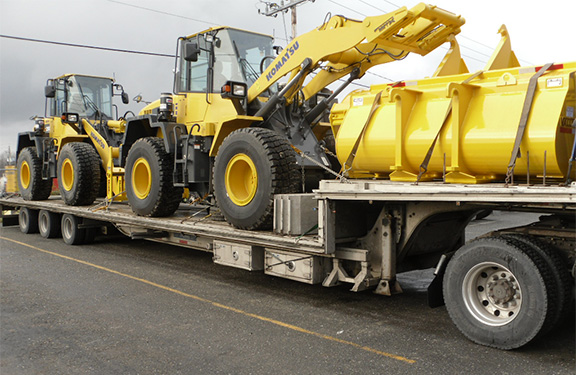In an increasingly interconnected world, the choice of transportation mode is critical not only for individuals but also for businesses aiming to optimize logistics and supply chain efficiency. The question of reliability in transportation is multifaceted, encompassing factors such as safety, punctuality, cost-effectiveness, and environmental impact. This article delves into the various modes of transportation—road, rail, air, and maritime—evaluating their reliability and providing insights for stakeholders to make informed decisions.
Understanding Reliability in Transportation
Before we explore specific modes, it’s essential to define what reliability means in the context of transportation. Reliability can be assessed through several key performance indicators (KPIs):
- Timeliness: The ability to deliver goods or passengers on schedule.
- Safety: The incidence of accidents and the overall safety record of the mode.
- Cost Efficiency: The balance between operational costs and the value provided.
- Flexibility: The capacity to adapt to changing circumstances, such as route alterations or demand fluctuations.
- Environmental Sustainability: The ecological footprint of the transportation mode.
Road Transportation: The Versatile Contender
Road transportation is often the most visible and widely used mode, particularly for short to medium distances. It offers unparalleled flexibility, allowing for door-to-door service. However, its reliability can be influenced by several factors:
- Traffic Conditions: Congestion can lead to delays, impacting timeliness.
- Weather Conditions: Adverse weather can hinder road travel, affecting safety and punctuality.
- Infrastructure Quality: Well-maintained roads contribute to smoother and safer journeys.
Despite these challenges, road transportation remains a reliable option for many businesses due to its adaptability and ease of access.
Rail Transportation: The Backbone of Freight
Rail transportation is often hailed for its reliability, particularly in freight logistics. Trains can carry large volumes of goods over long distances with minimal environmental impact. Key advantages include:
- Consistency: Trains operate on fixed schedules, reducing the likelihood of delays.
- Safety: Rail transport has a lower accident rate compared to road transport, making it a safer option for freight.
- Cost-Effectiveness: For bulk goods, rail can be more economical than road transport.
However, rail transport is not without its limitations. The need for infrastructure investment and the inability to provide door-to-door service can be drawbacks for certain logistics operations.
Air Transportation: Speed with a Price
Air transportation is synonymous with speed, making it the preferred choice for time-sensitive shipments. Its reliability is characterized by:
- Fast Delivery Times: Air transport can significantly reduce transit times, especially for international shipments.
- Global Reach: Air freight can connect remote locations quickly, facilitating global trade.
Nevertheless, air transport comes with higher costs and is susceptible to delays due to weather conditions and air traffic control issues. Additionally, the environmental impact of air travel is a growing concern, prompting businesses to consider sustainability in their logistics strategies.
Maritime Transportation: The Heavyweight Champion
Maritime transportation is the backbone of global trade, responsible for moving approximately 90% of the world’s goods. Its reliability is defined by:
- Capacity: Ships can carry vast quantities of cargo, making it ideal for bulk shipments.
- Cost Efficiency: Despite longer transit times, maritime transport is often the most cost-effective option for international shipping.
However, maritime transport faces challenges such as port congestion, weather-related delays, and the complexities of international regulations. These factors can impact the overall reliability of maritime logistics.
Conclusion: Choosing the Most Reliable Mode
Determining the most reliable transportation mode depends on specific needs and circumstances. For businesses prioritizing cost and capacity, maritime transport may be the best choice. For those needing flexibility and quick delivery, road transport could be more suitable. Rail transport stands out for bulk freight, while air transport is ideal for urgent shipments.


